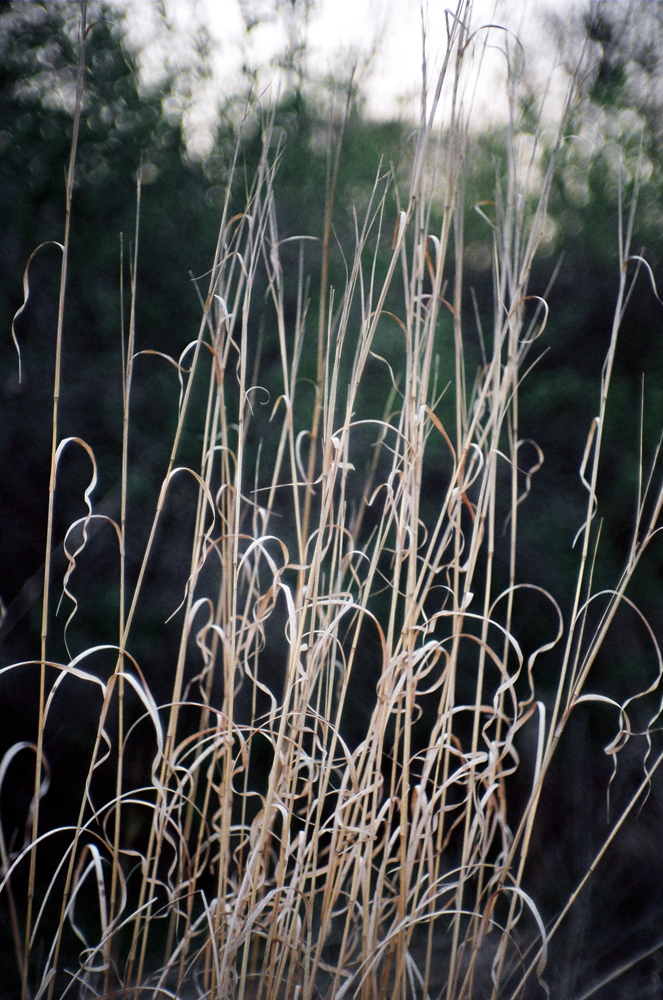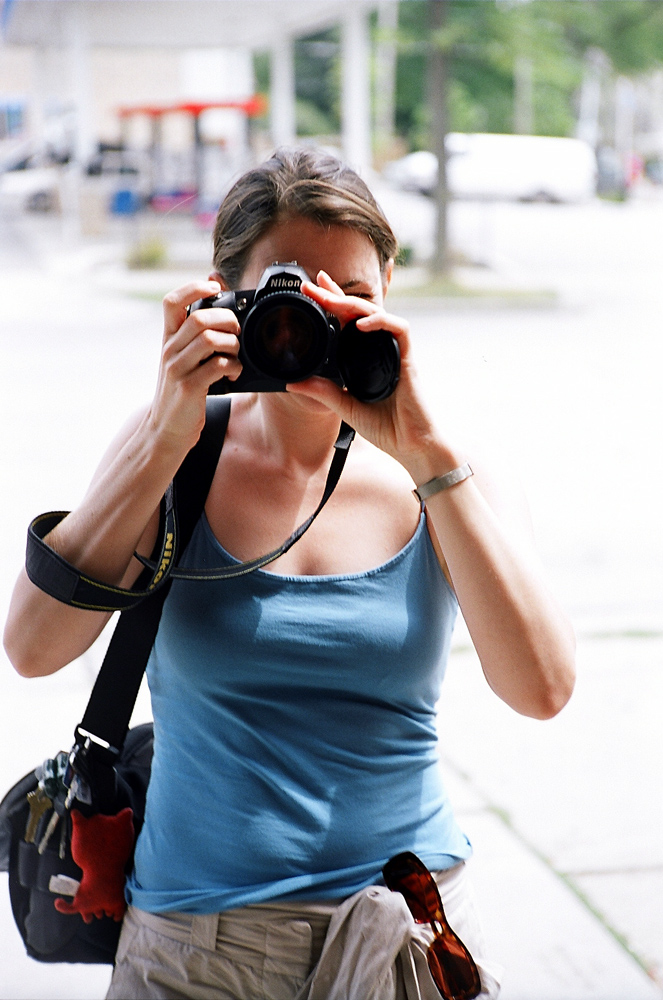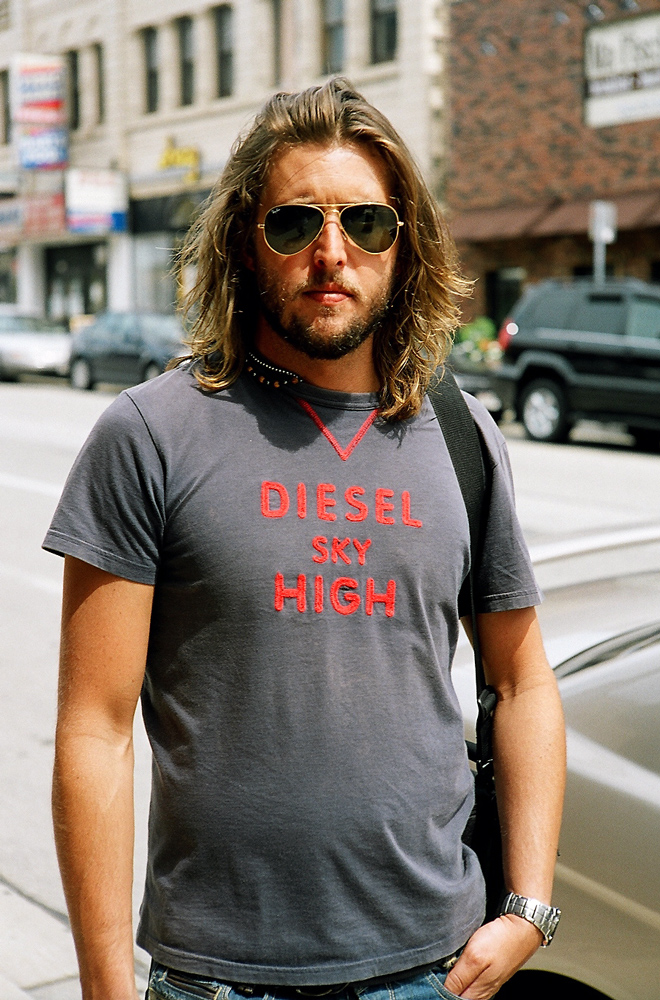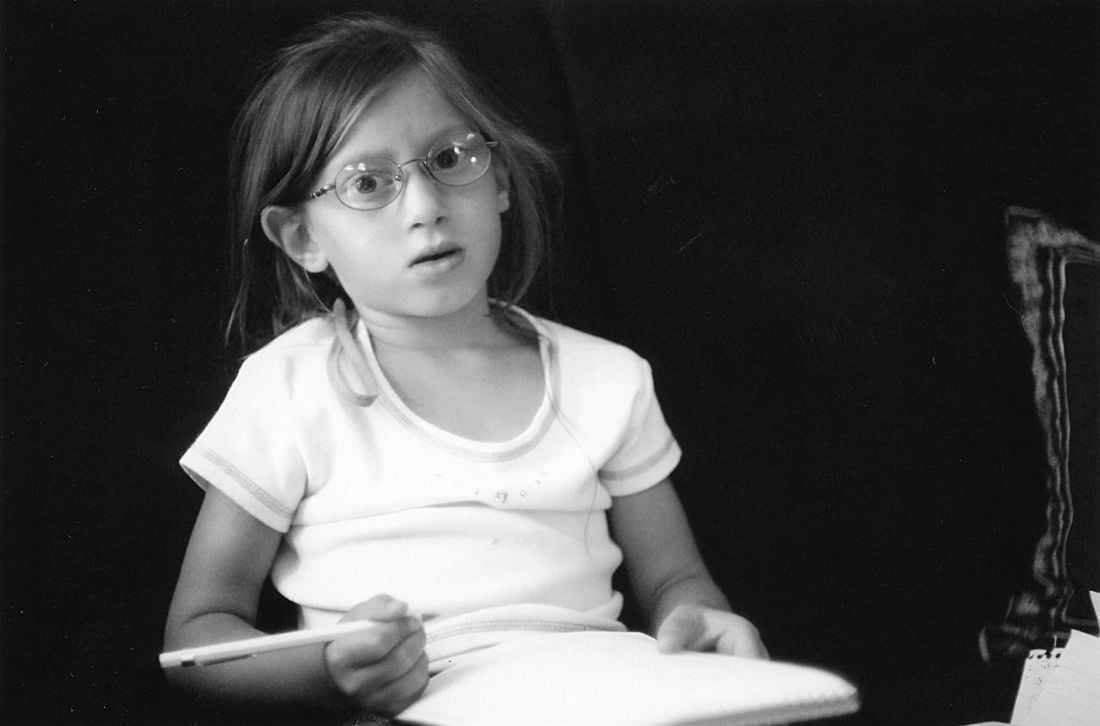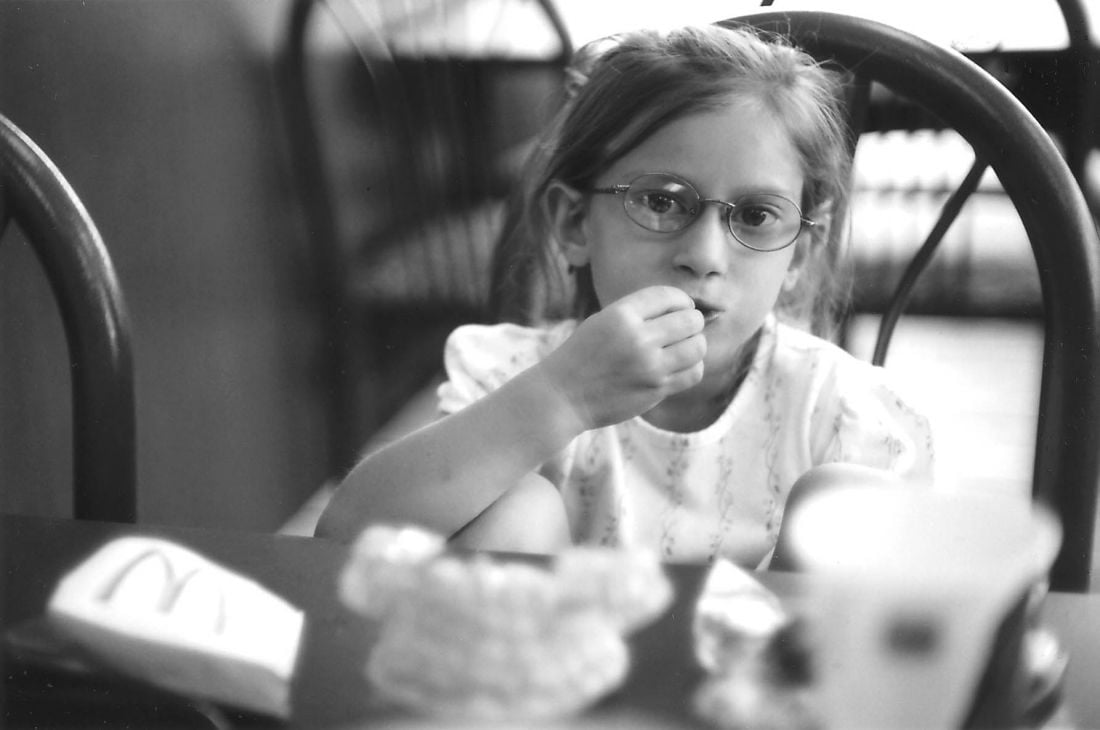>> can you tell us more about the Nikkor 50/1.5...?<<
My knowledge isn't authoritative. I'm simply an interested user. My understanding is that the experimental Canons of the 1930s used Nikkor lenses in the f/3.5 and f/2 range. An apparent f/1.5 Nikkor was also drawn up for the Canon line and may have been made in very limited numbers during World War II.
Japanese optical conglomerates were broken up after World War II, and Canon and Nikon went their separate ways. Nikon introduced a camera with an f/2 lens in the late 1940s, probably derivative of the f/2 Sonnar lens. Nikon (actually Nippon Kogaku ... Japanese Optical) also produced accessory lenses in the late 1940s: a 35/3.5, an 85/2 and a 135/4. These were also sold in the LTM mount.
The Nikkor 50mm f/1.5 was, I believe introduced very early in the year 1950 and was only produced for six or eight months before the improved f/1.4 lens was introduced. It was definitely produced by Nippon Kogaku, not by Canon, which was by then a competitor. It had no click stops and had a minimum aperture of f/11 instead of f/16. Filter threads for 40.5mm instead of the later 43mm.
David Douglas Duncan, one of the Life photographers who adopted Nikon lenses, shot the first months of the Korean War with the 50/1.5. By November/December 1950, he had switched to the f/1.4 version, as soon as it was introduced. His most famous work, of GIs retreating through frozen landscapes, was done with the f/1.4 lens. However, the earlier f/1.5 apparently also had similar optical properties. When Duncan shipping his first rolls back to Life magazine for printing, the darkroom workers (then among the best photo printers in the business) were very enthusiastic about the quality of the new lens. Most of this work was shot in sunlight at f/11, so the sharpness, not out-of-focus characteristics, was what they found compelling.
Only a few hundred of the f/1.5 lenses were made. So it is extremely rare and collectible. Duncan's work is the only group of photos I've seen taken by the 1.5 (the first two part of "This is War!" were shot with the 1.5, the third part with the 1.4). The book shows very little if any quality difference, though my copy is not all that well printed.




